The Best Things to do in Rydal: A 48-Hour Guide
You voted Rydal as the best autumn short break destination! So we've compiled a 48-hour itinerary full of the...
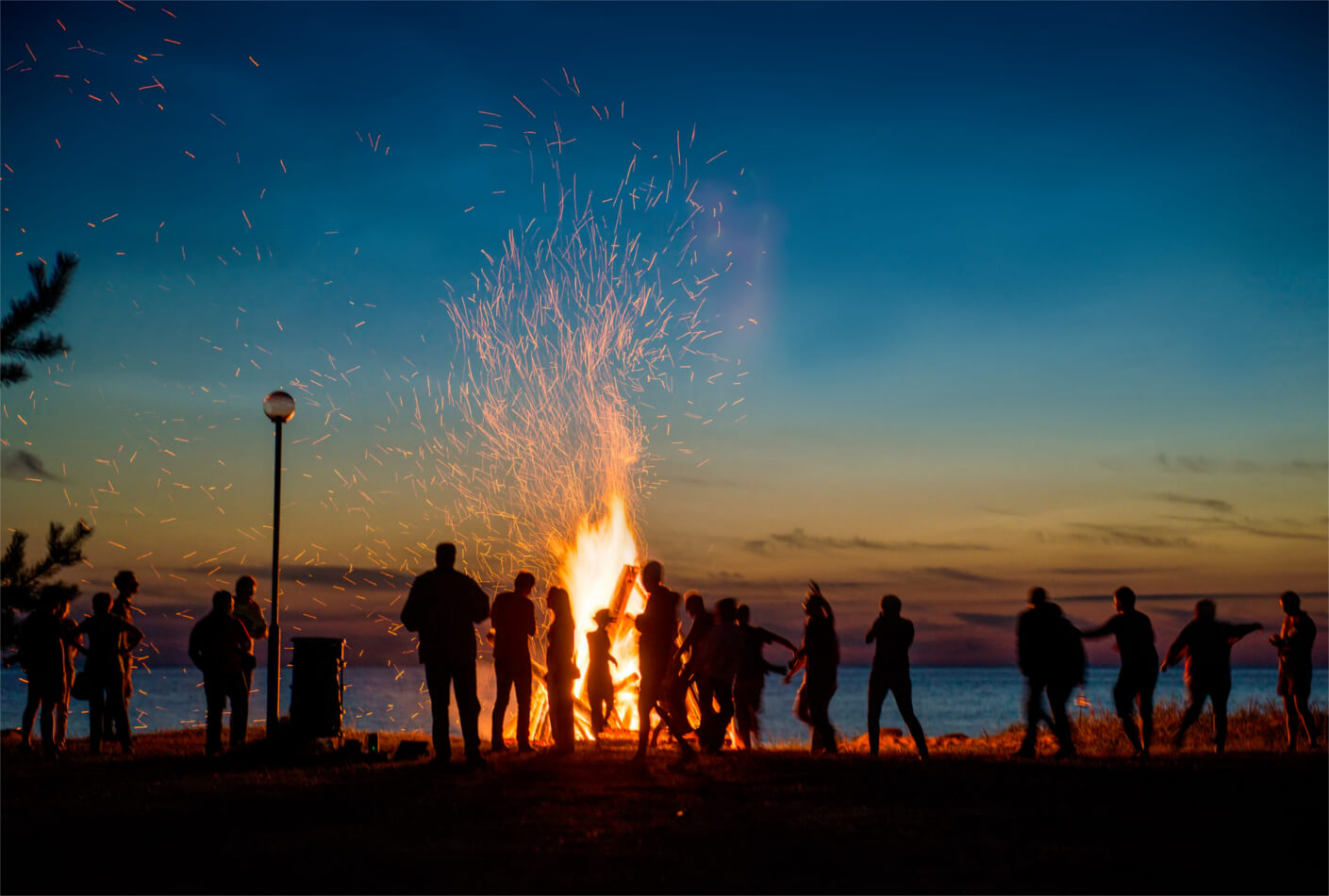
Remember, remember the fifth of November; gunpowder, treason, and plot. It is almost Bonfire Night, and we see no reason to forget this evening of explosive drama!
That is right, Bonfire Night is soon approaching, and that means fireworks, sparklers, and tasty treats. But do we know exactly why we celebrate Bonfire Night? Bonfire Night, or the 5th of November, marks the evening when Guy Fawkes and 12 other men planned to blow up the Houses of Parliament.
For over 400 years, we have burned bonfires and lit fireworks to celebrate the failed Gunpowder Plot. But what else do you know about the history of Bonfire Night?
Find facts about Bonfire Night below…
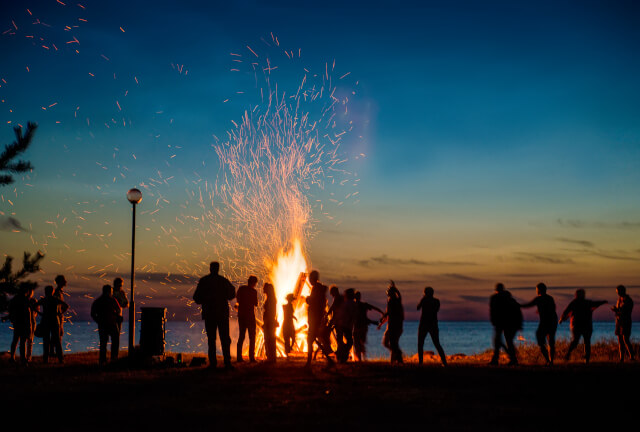
Until 1959, it was illegal not to celebrate Bonfire Night in Britain. During this time, there was only one place in the UK that refused to mark the failed attempt. Out of respect for their alumnus, St Peter’s School in York, where Guy Fawkes attended, was excused from burning a photo of its former pupil.
However, during the First and Second World Wars, no one was allowed to set off fireworks or light bonfires. During these times, Bonfire Night was celebrated indoors to protect the people and avoid revealing their location to the enemy.
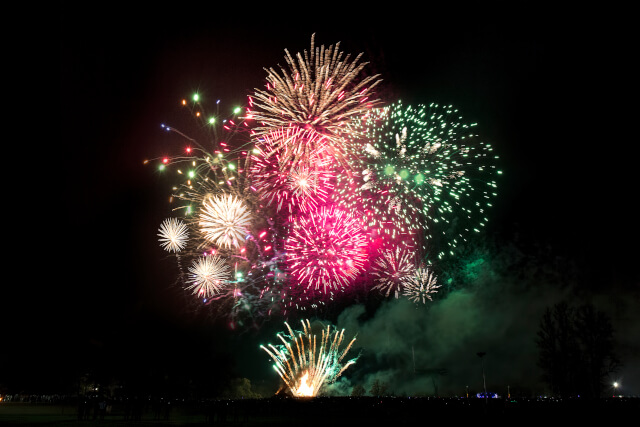
The 5th of November is etched into history as the day when a notorious conspiracy, known as the Gunpowder Plot, was foiled.
In 1605, a group of conspirators, including Guy Fawkes, plotted to blow up the Houses of Parliament, an act aimed at assassinating King James I and many members of Parliament. This event marks the genesis of Bonfire Night.
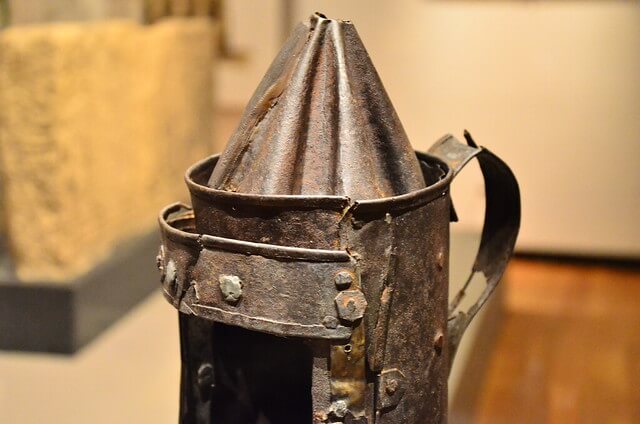
Housed today in the Ashmolean Museum in Oxford is said to be the lantern that Guy Fawkes himself was carrying when he was arrested in the cellars of Parliament.
The famous object was given to the University of Oxford by Robert Heywood and then was transferred to the Ashmolean Museum, where it can still be seen today.
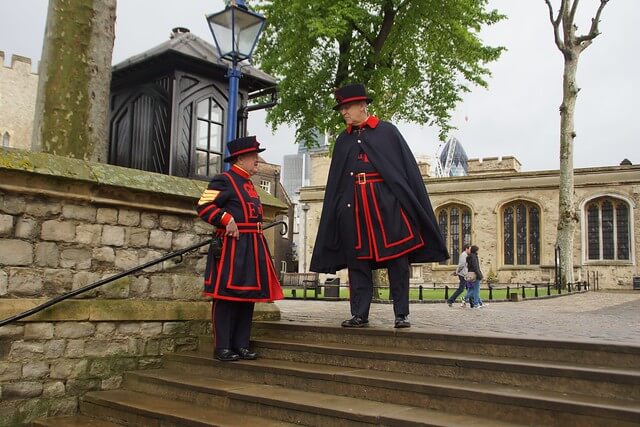
…just in case anybody tries to take a leaf out of Guy Fawkes’ book this Bonfire Night.
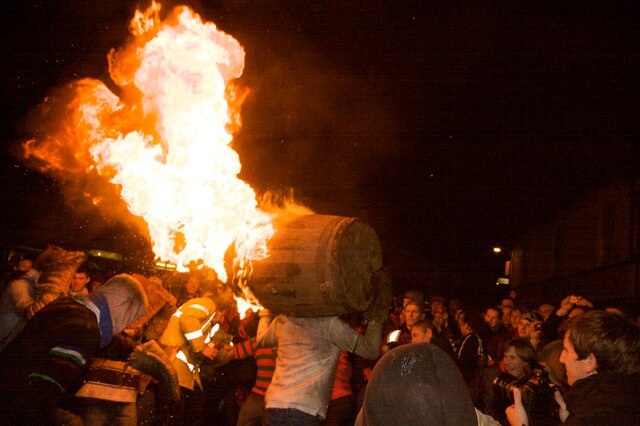
This unique tradition during Bonfire Night sees the locals of the East Devon village taking turns carrying large barrels of burning tar on their shoulders in celebration – perhaps not one to try at home.
If you’re interested in experiencing this event, why not book one of these cottages in Devon to spend your Bonfire Night here?
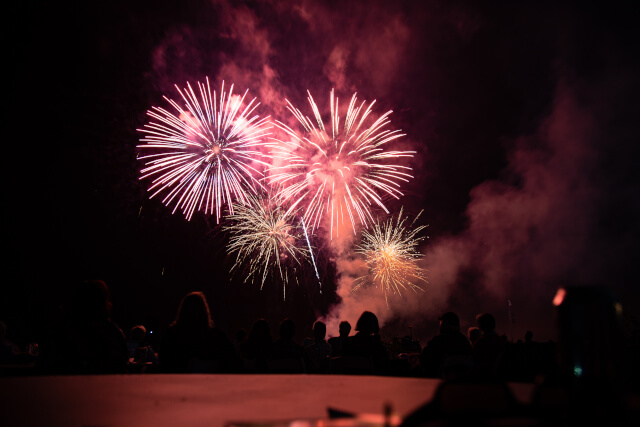
It was a Chinese cook in the 10th century who accidentally invented fireworks by mixing the common ingredients found in the kitchen back then: sulphur, charcoal and a salt substitute.
The mixture was set alight and resulted in colourful flames. Making our next Bonfire Night fact, a beautiful disaster!

If successful, Guy Fawkes and his accomplices would have completely destroyed the building, as well as caused damage to buildings that surround the Houses of Parliament and transformed how we see London today.
Research tells us that the blast of 2,500kg of gunpowder would have destroyed Westminster Hall and the Abbey.
Ironically, in 1834 the cellar where the gunpowder was stored was destroyed in an accidental fire.
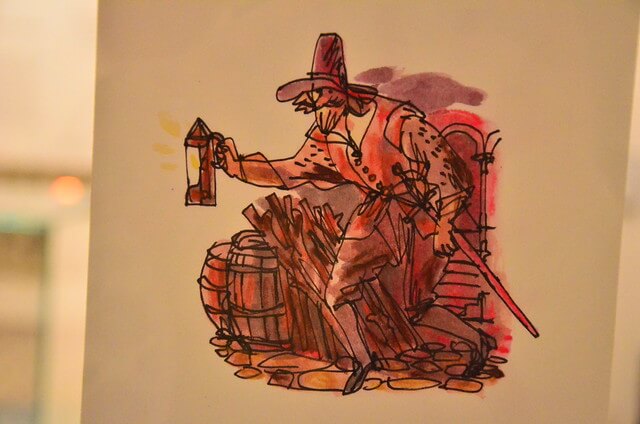
Our next Bonfire Night Fact remains somewhat mysterious!
The uninhabited island is located to the northwest of Santa Cruz Island in the Galapagos Islands, called Isla Guy Fawkes or Guy Fawkes Island. To this day, no one knows why the island claimed the name; maybe it was where he planned to escape to…
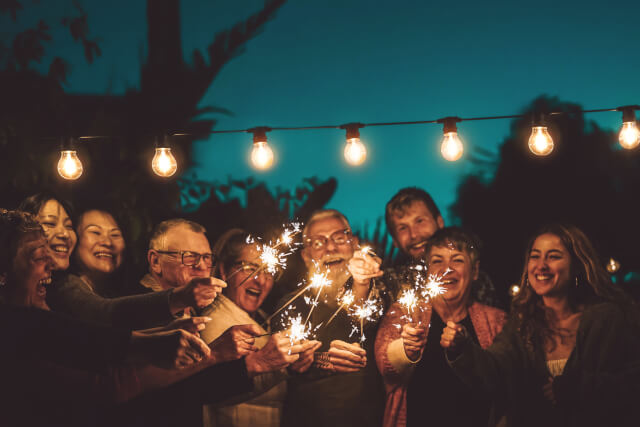
This means that three of them burning together can reach the same temperature as a blowtorch. So make sure you put them out in a bucket of water to avoid any accidents!
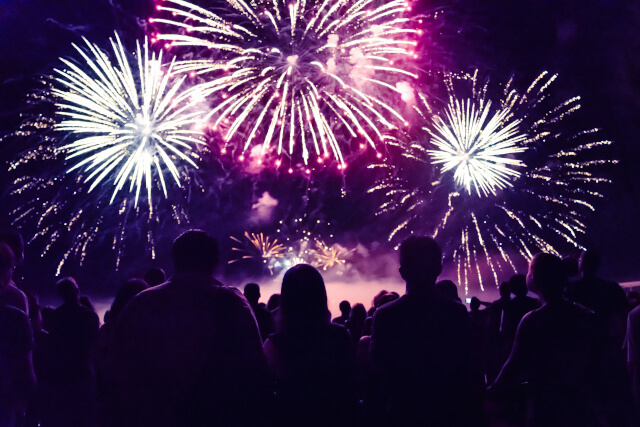
The former monarch loved fireworks so much that she created a title for the lucky person she considered to be the best fireworkmaker in the country, who would then be known as the “Fire Master of England”. How about that for an accolade?
If these Bonfire Night Facts have sparked your interest, read more about places to spend Bonfire Night or discover the signs of autumn ahead of the new season!
Image credits: Ben Sutherland – (CC BY 2.0); Paul Wever – (CC BY 2.0); Gareth Fudge – (CC BY-ND 2.0); Ben Sutherland – (CC BY 2.0)
Are you on the phone to our call centre? Your Customer ID is:
Get involved in the Discussion